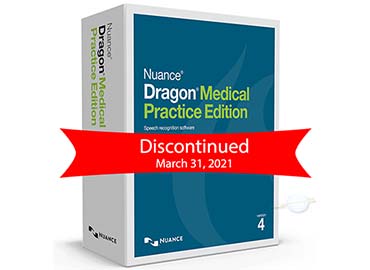
Healthcare providers frequently cannot operate the EHR simultaneously while engaging in patient care. In a paper record, a provider familiar with the physical handling of paper records may identify and manually modify the list of a patient's medical problems more efficiently than in an EHR. One usability challenge in EHRs pertains to the inefficient navigation of interfaces and records using keyboard/mouse interactions. User concerns about EHR usability became so pervasive that Meaningful Use incentives were reallocated to improve usability.ĭespite this effort, usability assessments found that commonly used certified EHRs lacked adherence to the Office of the National Coordinator certification requirements and usability testing standards. These usability problems undermine a key expectation for the EHR, which is to help users find information necessary to deliver care easily. While EHRs promise efficient data storage and retrieval, current state EHRs suffer from usability challenges leading to workflow inefficiencies and end-user dissatisfaction. In theory, these features should lead to more efficient entry and retrieval of relevant patient information. The electronic health record (EHR) serves as a depository of longitudinal patient health information.ĮHR adoption increased in the early 2000s in the United States largely due to federal incentives tied to the Health Information Technology for Economic and Clinical Health Act of 2009 and the Meaningful Use initiative.ĮHRs offer benefits over traditional paper records with features such as ubiquitous remote access, digital storage of information making data searchable, and storage of data elements in discrete coded structures. Traditional Electronic Health Record Interface We highlight the successes and challenges of voice input technologies in health care and discuss opportunities to incorporate emerging voice assistant technologies used in the consumer domain. Of 31 articles that discussed usability attributes of consumer voice assistant technology, 12 were included in the review. Articles were organized into three domains: Voice for (1) documentation, (2) commands, and (3) interactive response and navigation for patients.

Sixty-one papers that discussed the use of voice tools in health care were included, of which 32 detailed the use of voice technologies in production environments. The references of included articles were also reviewed. Using a MEDLINE search, we identified 683 articles that were reviewed for inclusion eligibility.

Consumer articles from leading technology publications addressing emerging use of voice assistants were reviewed to ascertain functionalities in existing consumer applications. We evaluated articles that discussed the strengths and limitations of voice technology to facilitate health care work. We searched MEDLINE and the Google search engine to identify relevant articles. We performed a systematic review of the literature to identify articles that discuss the use of voice technology to facilitate health care work. It also reviews the benefits and challenges of implementation and use of voice technologies, and discusses emerging opportunities with voice assistant technology. This article reviews the literature and evidence on voice input technology used to facilitate work in the EHR. Voice input technology has been used to overcome some of the challenges associated with conventional interfaces and continues to evolve as a promising way to interact with the EHR.


Usability problems in the electronic health record (EHR) lead to workflow inefficiencies when navigating charts and entering or retrieving data using standard keyboard and mouse interfaces.


 0 kommentar(er)
0 kommentar(er)
